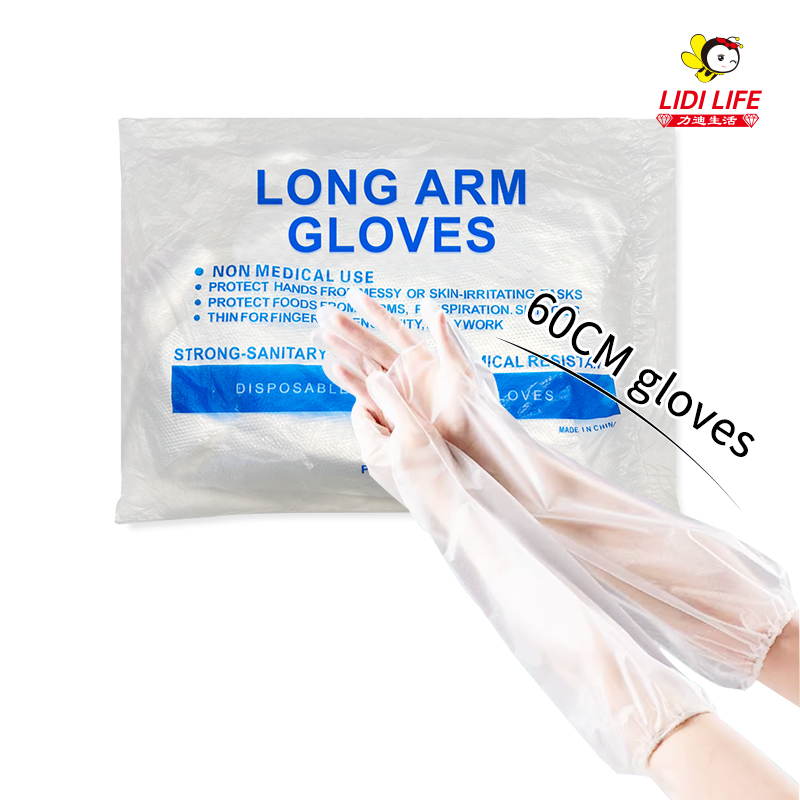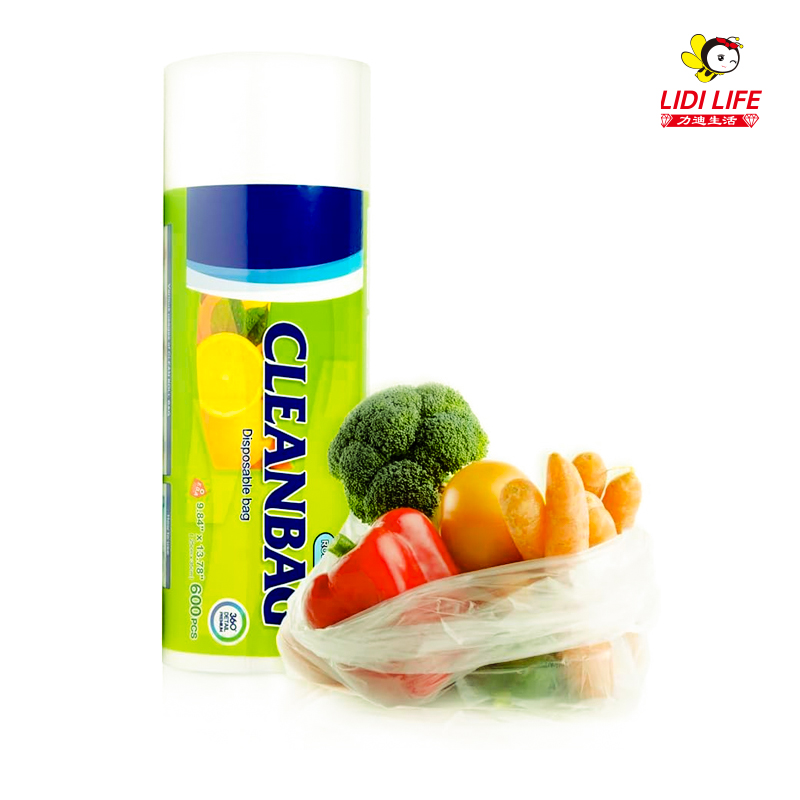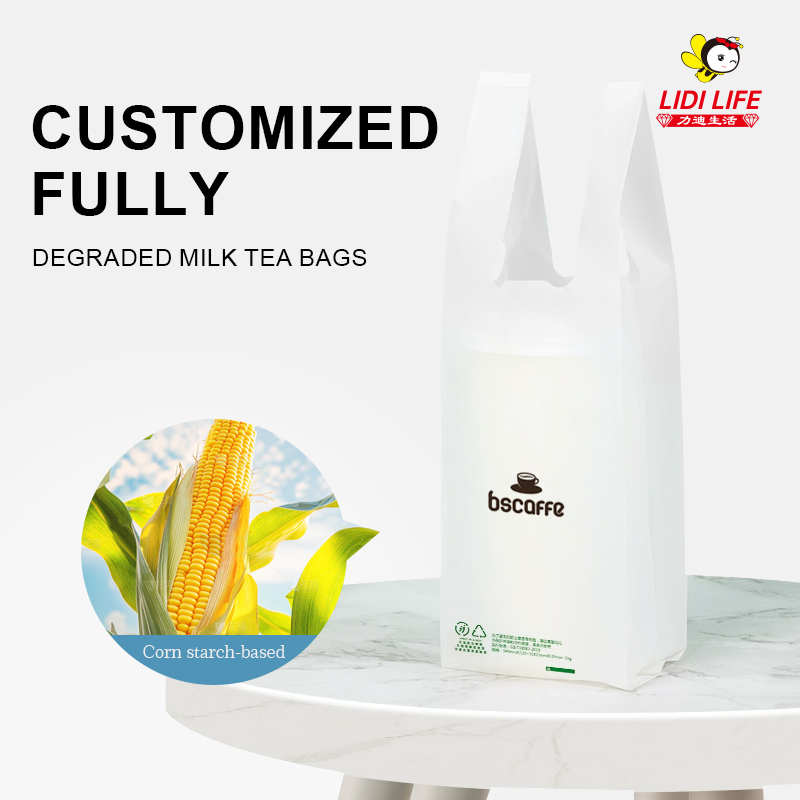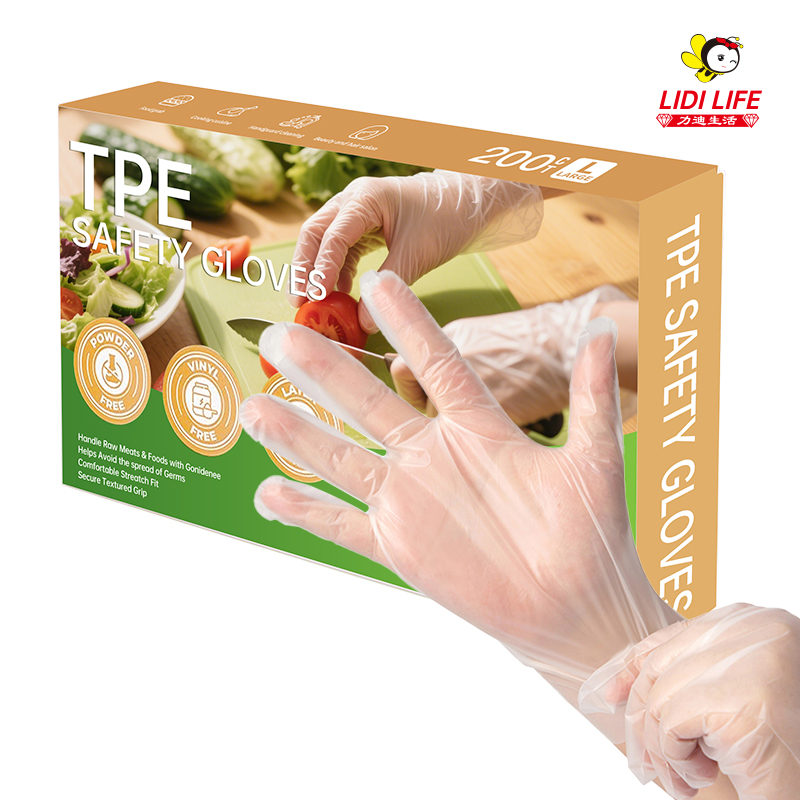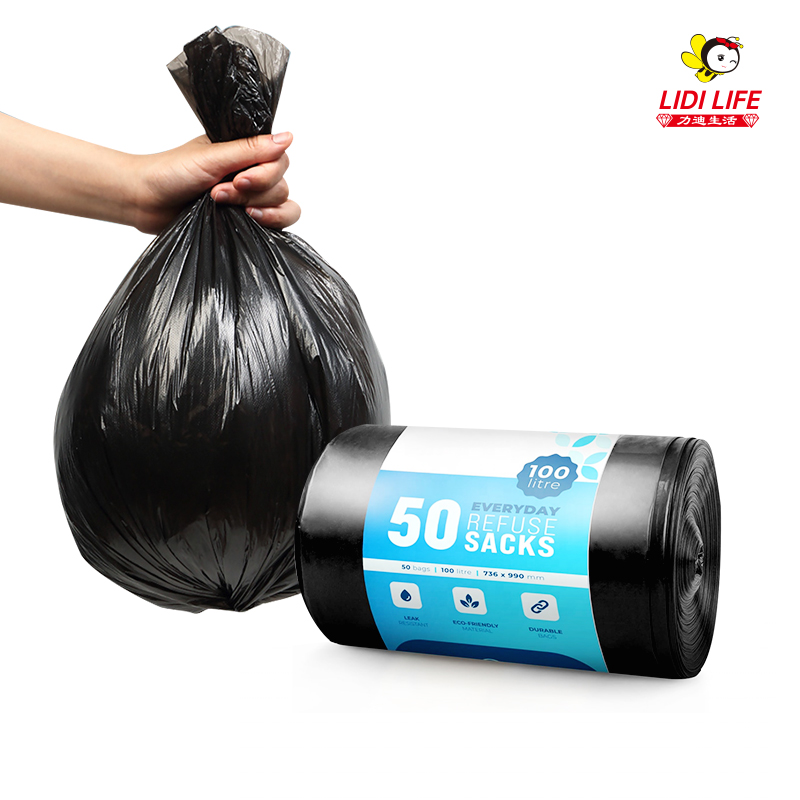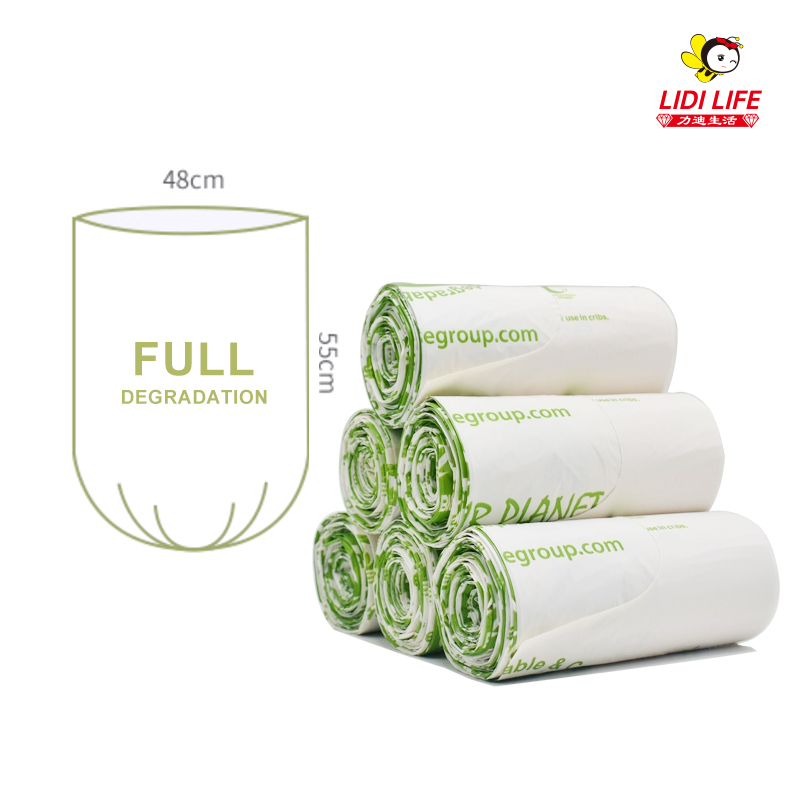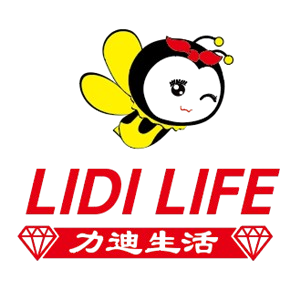Cling wrap, food storage bags, and food storage covers are three of the most commonly used tools for preserving food, yet each product has its own characteristics, strengths, and ideal usage scenarios. Understanding the differences between cling wrap, food storage bags, and food storage covers helps users choose the best option for maintaining freshness, ensuring convenience, and supporting safe food handling. Among these, food wrap products—especially PVC cling film—play an essential role in modern kitchens, whether at home or in commercial settings.
Cling wrap is widely used because of its thin, flexible, and adhesive qualities. As a type of food wrap, cling wrap tightly adheres to plates, bowls, and various types of containers. The ability of cling wrap to form an air-resistant seal helps retain moisture, reduce oxidation, and prevent flavor transfer. PVC cling film in particular is valued for its superior elasticity and clarity, making it much easier to stretch and mold around food items without tearing. This type of food wrap is commonly used in supermarkets where fruits, vegetables, and meats are displayed. Compared with other wraps, PVC cling film provides better transparency and cling, making it ideal for showcasing food freshness while keeping contaminants out.
In contrast, food storage bags are designed for versatility and durability. While cling wrap focuses on surface coverage and sealing by adhesion, food storage bags offer enclosed protection through zip-lock systems, press-seal strips, or heat-sealed edges. Food storage bags are suitable not only for storing leftovers but also for marinating ingredients, freezing meats, and portioning meals. Because they can hold liquids and semi-liquids without leakage, food storage bags are often preferred for more demanding storage needs. Additionally, unlike cling wrap or PVC cling film, food storage bags provide thicker layers that resist puncture and help reduce odors from escaping. Many users also appreciate that food storage bags are more reusable and portable, especially when organizing packed meals or snacks.
Food storage covers, on the other hand, offer a reusable, eco-friendly alternative to cling wrap. Unlike food wrap products that rely on single-use materials, food storage covers—often made of silicone, fabric, or stretchable polymer—are designed to be washed and reused many times. They fit snugly over bowls, plates, pots, and even half-cut fruits. Compared with cling wrap or PVC cling film, food storage covers provide a more sustainable solution while still maintaining a good level of sealing. In daily use, food storage covers are especially convenient because they stretch easily and require no cutting or shaping. They are ideal for people seeking to reduce plastic waste without sacrificing practicality. However, food storage covers may not be as tightly adhesive as cling wrap, nor as versatile as food storage bags when storing irregularly shaped or strongly scented foods.
Overall, cling wrap excels in convenience and adaptability, especially when using PVC cling film that offers superior stretch and clarity. Food storage bags are the best choice for secure, enclosed storage and freezing. Food storage covers stand out as reusable tools that reduce waste while maintaining acceptable sealing performance. Each product—cling wrap, food storage bags, food storage covers, food wrap, and PVC cling film—serves a distinct purpose in the kitchen. By understanding their differences, users can choose the right solution for preserving freshness, improving organization, and enhancing overall food safety.


